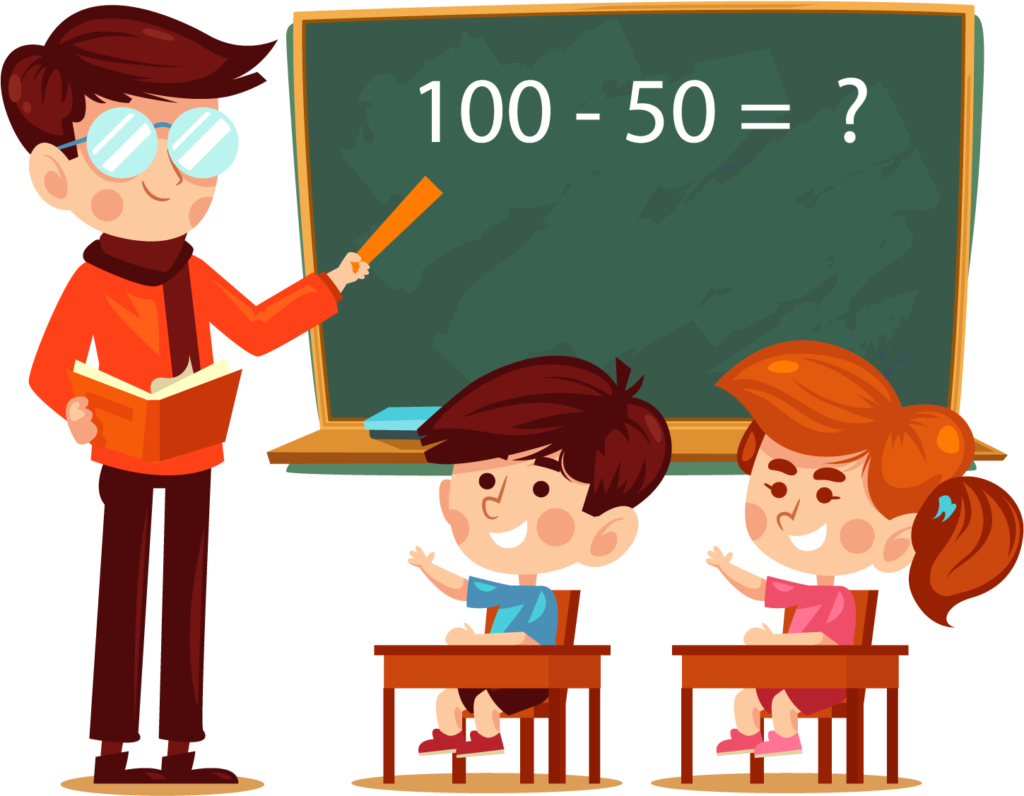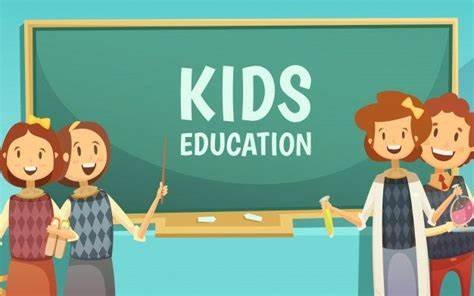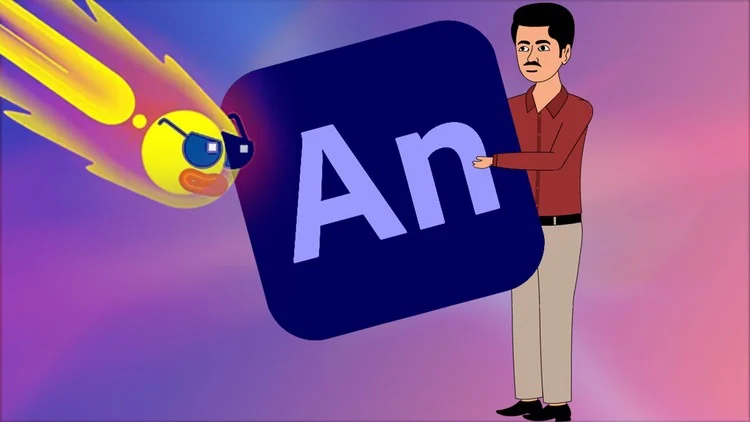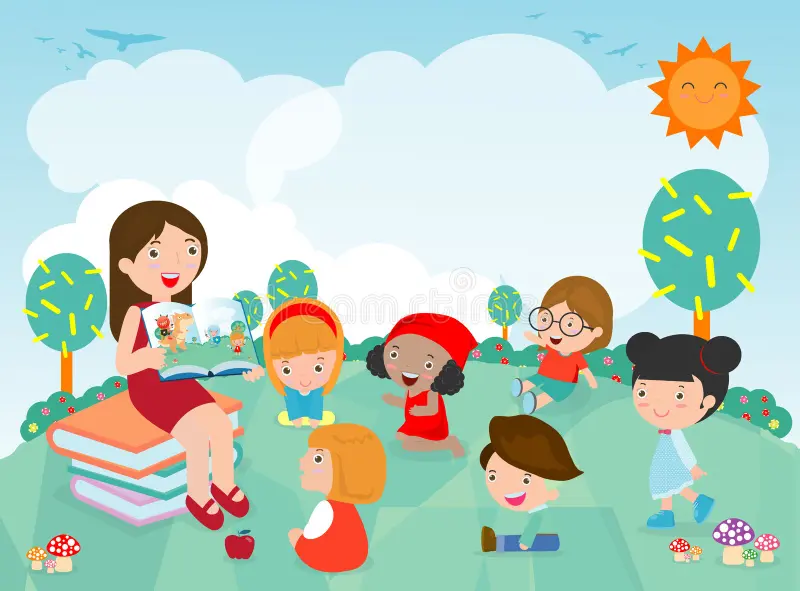Cartoons have long been a favorite form of entertainment, but their potential goes far beyond just humor and fun. In recent years, educators have recognized the significant value of cartoons in enhancing learning experiences across various subjects. With their engaging visuals, vibrant characters, and humor, cartoons have become an effective tool for teaching complex ideas in an accessible and memorable way. Let’s dive into how cartoons are used in education and learning, and why they are so effective in helping students of all ages.
1. Simplifying Complex Concepts
One of the most powerful ways cartoons contribute to education is by simplifying complex concepts. In subjects like science, mathematics, or history, abstract ideas or intricate processes can be difficult for students to grasp. Cartoons break these concepts down into digestible, visual components, helping to make them more understandable.
For instance, educational cartoons like Bill Nye the Science Guy and Magic School Bus use entertaining characters and storytelling to explain scientific concepts, from the structure of cells to the laws of motion. By presenting these topics in a fun, engaging format, students are more likely to retain information and connect with the subject matter.
2. Engagement and Retention
Cartoons are inherently engaging. Their vibrant visuals, humor, and dynamic characters capture students’ attention, which is crucial for effective learning. When students are actively engaged, they are more likely to retain information. The combination of visual stimuli and storytelling in cartoons helps reinforce key concepts and makes them more memorable.
For example, the Sesame Street series, which has been a staple in early childhood education for decades, teaches everything from literacy and numbers to social skills through catchy songs, fun characters, and colorful animations. The repetition of concepts within this cartoon makes it easier for young learners to internalize new information.
3. Promoting Emotional and Social Learning
Cartoons also play an important role in emotional and social learning. Many educational cartoons, such as Dora the Explorer and Arthur, focus on themes like empathy, kindness, teamwork, and problem-solving. These cartoons help children learn about emotions and how to navigate social situations, which are critical skills for their development.
By portraying characters who work through conflicts, demonstrate resilience, and communicate with others, these cartoons model positive social behaviors that students can apply in real life. For instance, Mr. Rogers’ Neighborhood is renowned for promoting emotional intelligence and empathy, teaching children how to understand their feelings and interact with others in a caring way.
4. Encouraging Language Development
Cartoons are an excellent tool for language development. The dialogue in cartoons helps young children expand their vocabulary, improve pronunciation, and understand sentence structure. For language learners, cartoons provide context, visual cues, and repetitive language that enhance comprehension and retention.
Shows like Peppa Pig, which are geared toward young children, use simple language and frequent repetition, helping kids build their language skills. Educational cartoons aimed at second-language learners can also introduce vocabulary and grammar structures in a fun, interactive manner, making language acquisition more enjoyable and less intimidating.

5. Inspiring Creativity and Critical Thinking
The imaginative world of cartoons can also inspire creativity and critical thinking in students. Cartoons often feature fantastical elements, alternative realities, and exaggerated situations that encourage kids to think outside the box. Shows like Adventure Time and The Magic School Bus use whimsical stories to spark imagination and teach problem-solving, critical thinking, and creative expression.
Moreover, the storylines in many cartoons require students to think critically about characters’ decisions, cause and effect, and the consequences of actions. This nurtures the ability to analyze situations and consider various outcomes, skills that are valuable in both academic and real-world scenarios.
6. Interactive Learning Through Cartoons
Some cartoons take interactivity to the next level by encouraging students to actively participate in the learning process. Interactive educational cartoons like Blue’s Clues or Team Umizoomi involve children in solving problems, answering questions, and following along with the storyline. This type of active participation reinforces learning through hands-on engagement.
For example, in Blue’s Clues, children are invited to help the host figure out clues, which encourages them to think critically and problem-solve. These kinds of activities strengthen the connection between visual information and cognitive development, making learning more enjoyable and effective.
7. Teaching Diverse Subjects
While cartoons are often associated with young children, they can be used to teach students of all ages and across a wide range of subjects. From high school history classes to college-level economics, cartoons offer a unique and accessible way to convey information in a less formal, more engaging format.
For instance, CrashCourse, a popular YouTube educational channel, uses animation to explain complex topics like biology, history, and literature. These animated videos provide a fresh perspective on traditional lessons and can be a valuable tool for students who struggle with textbooks or lecture-based teaching methods.
8. Incorporating Cartoons in Online Education
The rise of online learning has brought an opportunity to integrate cartoons and animated content into virtual classrooms. Teachers and educators use animated lessons to create dynamic, attention-grabbing presentations that captivate students in a digital setting. For example, many online courses use animated characters to explain concepts or break down assignments in a way that makes learning more approachable.
Animated content can also be used to provide immediate feedback and tutorials, allowing students to learn at their own pace. By incorporating visuals, humor, and engaging characters, online educators can create a more interactive and enjoyable learning experience.
Conclusion
Cartoons are a powerful tool in education, offering benefits that extend far beyond mere entertainment. They simplify complex concepts, engage students in active learning, promote emotional and social skills, and inspire creativity and critical thinking. Whether for young learners or older students, cartoons can enhance traditional teaching methods and provide a more dynamic and effective learning experience. By incorporating cartoons into educational curricula, we can make learning not only more enjoyable but also more impactful for students of all ages.











